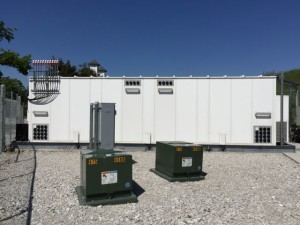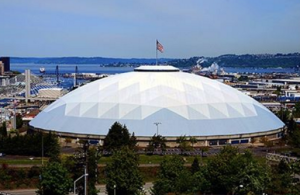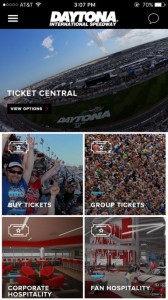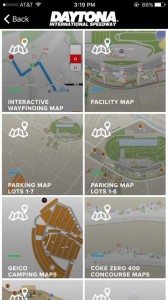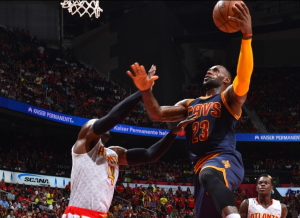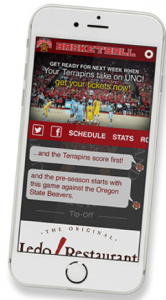According to Verizon, last year fans at Indy used more than 9 terabytes of data on Verizon wireless networks during the race weekend, which include the track’s only DAS (distributed antenna system) and some temporary cell sites. For the 2016 race, Verizon said it has installed “100 percent more capacity to the IMS (Indianapolis Motor Speedway_ track and immediate surrounding area,” including 16 small cell sites around the track’s exterior, replacing some of the need for temporary towers like cells on wheels or cells on trucks.
In addition, Verizon has brought to Indy three “custom-designed” cells-on-a-platform or COPs, each of which “has the capacity equivalent to 7 temporary cell sites known as COWs (cell-on-wheels),” Verizon said.
On race day itself in 2015, Verizon said it saw 3.16 TB of data used on its network, which was more than double to 1.4 TB Verizon saw in 2014. The full weekend of racing from Friday through Sunday’s 100th running of the Indy 500 includes popular events like Carb day on Friday, and a Legends Day and concerts on Saturday.IndyCar app will use LTE Multicast to show live race views
Verizon customers will also have access to live race feeds via the IndyCar mobile app, which will use LTE Multicast technology to provide one-to-many live video streams over dedicated LTE bandwidth. Verizon said it will have cameras for the feeds installed on “at least” 12 cars in the race, and will have simulataneous broadcast from inside two of the cars. Like with NFL Mobile, Verizon’s exclusive deal with the Indy 500 means that you will need to be a Verizon subscriber to see the live action via the IndyCar app.

